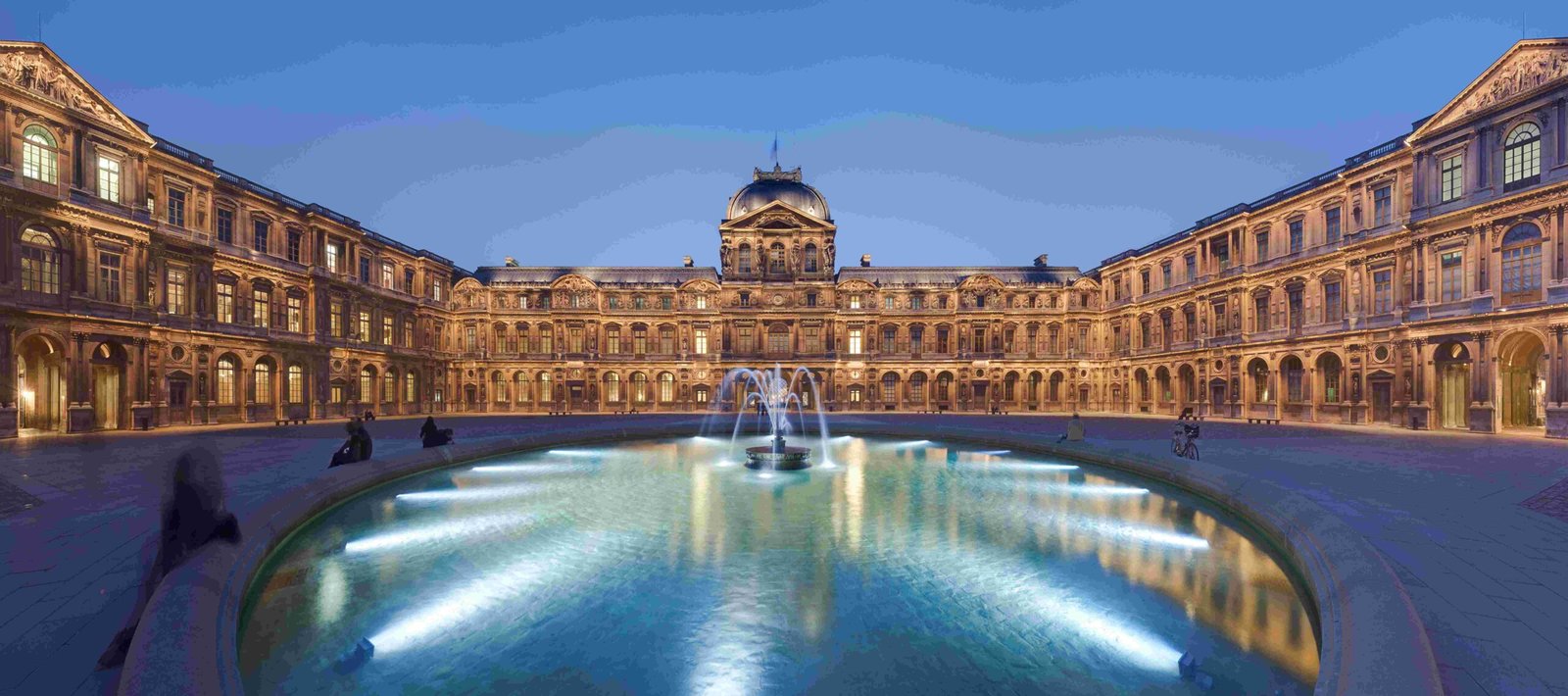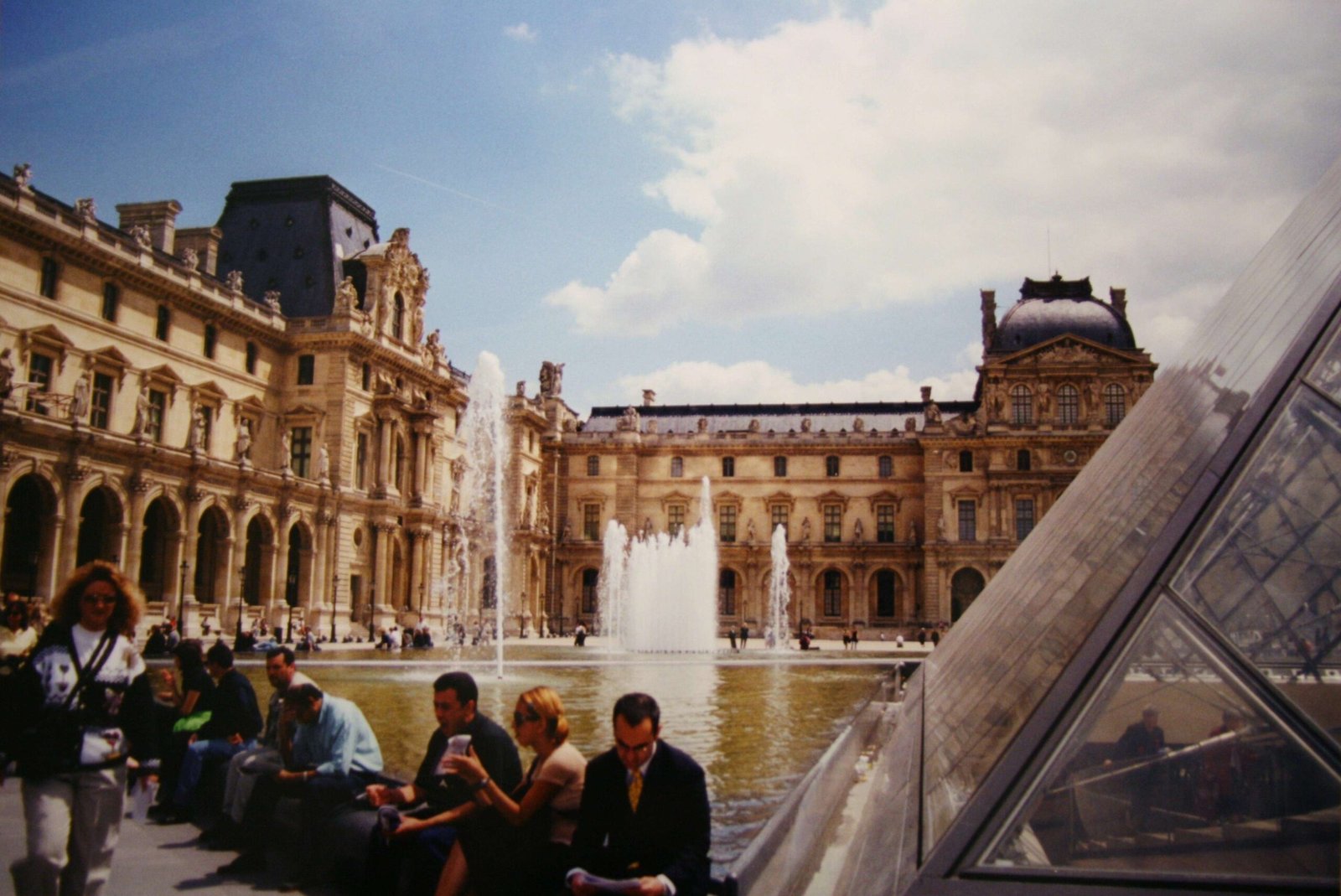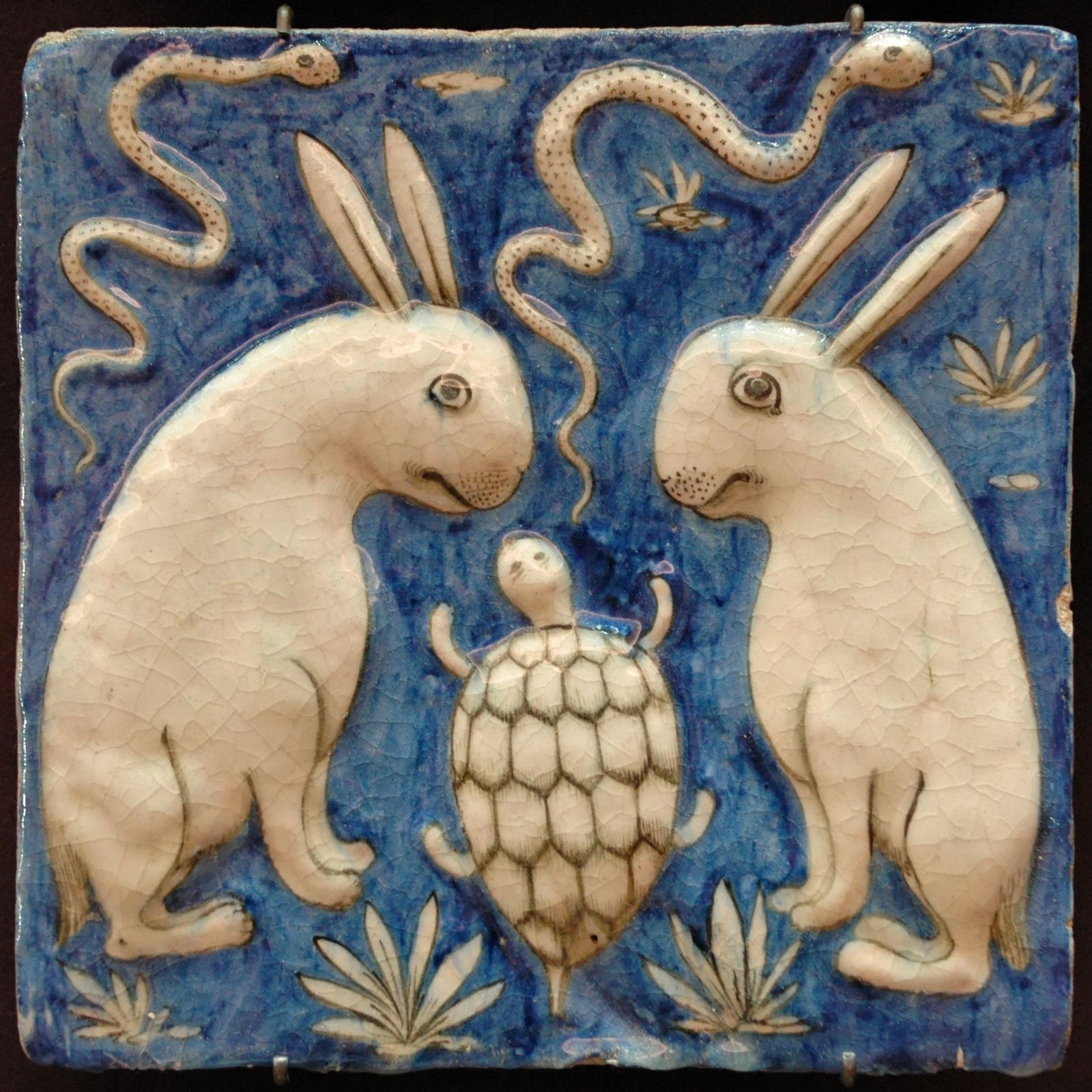The Winged Victory of Samothrace, also known as the Nike of Samothrace, is a breathtaking marble sculpture of the Greek goddess Nike. Created around 200-190 BCE, this Hellenistic masterpiece stands at the Louvre Museum in Paris. The statue depicts Nike, the goddess of victory, as a winged woman standing on the prow of a ship. Despite missing its head and arms, the sculpture’s dynamic pose and billowing drapery capture the essence of movement and triumph, making it one of the most celebrated works of ancient Greek art.
What Are the Dimensions and Placement of the Winged Victory of Samothrace?

The Winged Victory of Samothrace is a monumental sculpture that commands attention with its impressive size and strategic placement within the Louvre Museum. Here are the key details about its dimensions and location:
- Total Height: The entire monument, including the socle, stands at 5.57 meters (18 ft 3 in).
- Statue Height: The statue alone measures 2.75 meters (9 ft 0 in), with the body measuring 2.40 meters (7 ft 10 in) without the head.
- Base Dimensions: The ship’s prow-shaped base has the following measurements:
- Height: 2.01 meters
- Length: 4.29 meters
- Width: 2.48 meters
- Socle Dimensions: The rectangular socle beneath the base measures:
- Height: 0.36 meters
- Length: 4.76 meters
- Width: 1.76 meters
The placement of the Winged Victory of Samothrace is particularly noteworthy. It stands at the top of one of the grand staircases in the Louvre Museum, creating a dramatic focal point that draws visitors’ attention. This strategic location allows viewers to appreciate the sculpture from multiple angles as they ascend the stairs, enhancing the overall impact and engagement with the artwork.
How Can Visitors with Disabilities Access the Winged Victory of Samothrace?

The Louvre Museum has made significant efforts to ensure that all visitors, including those with disabilities, can experience the Winged Victory of Samothrace. Here are the accessibility options available:
- Wheelchair Accessibility:
- Ramps and elevators connect different levels of the museum.
-
The grand staircase where the sculpture is displayed is accessible via an elevator.
-
Visual Impairment Services:
- Tactile tours are available for visually impaired visitors.
-
Audio descriptions of major exhibits, likely including the Winged Victory, are provided.
-
Additional Amenities:
- Accessible seating areas are located throughout the museum.
- Restrooms designed for visitors with disabilities are available.
While specific details for accessibility services related to the Winged Victory of Samothrace are not provided in the sources, the museum generally offers these amenities for its major exhibits. Visitors with special needs are encouraged to check the Louvre’s official website or contact the museum directly for the most up-to-date information on accessibility options.
What Guided Tours and Special Events Feature the Winged Victory of Samothrace?
While the sources don’t provide specific timings for guided tours exclusively focusing on the Winged Victory of Samothrace, the Louvre Museum offers various options for visitors to learn about this iconic sculpture:
- General Guided Tours:
- Include the Winged Victory as part of a broader tour of the museum’s collections.
- Can be booked through the Louvre’s official website.
-
Prices vary and are detailed on the website.
-
Special Events:
- Lectures, workshops, or temporary exhibitions highlighting the sculpture’s significance may be organized.
-
These events are typically announced on the Louvre’s website.
-
Educational Programs:
- The museum offers various educational activities that may include information about the Winged Victory.
- These programs cater to different age groups and interests.
Visitors interested in learning more about the Winged Victory of Samothrace should check the Louvre’s event calendar regularly or inquire about specialized tours that focus on Greek and Hellenistic art.
What Amenities and Facilities Are Available Near the Winged Victory of Samothrace?
The Louvre Museum provides a range of amenities and facilities to enhance visitors’ experience while viewing the Winged Victory of Samothrace and other exhibits:
- Comfort and Refreshment:
- Restrooms are located throughout the museum.
-
Cafes and restaurants offer places to rest and refuel.
-
Educational Facilities:
- A large auditorium hosts lectures and events.
-
Various educational spaces support learning activities.
-
Visitor Services:
- Information desks provide guidance and assistance.
- Cloakrooms are available for storing personal items.
-
Facilities for visitors with disabilities are provided.
-
Shopping and Research:
- Museum shops offer souvenirs and art-related items.
-
A library is available for further exploration of the collections.
-
Transportation and Parking:
- Public transportation is recommended due to limited parking.
- Nearby parking facilities are available for those driving.
These amenities ensure that visitors can comfortably spend time appreciating the Winged Victory of Samothrace and other masterpieces in the Louvre’s vast collection.
How Does the Winged Victory of Samothrace Reflect Ancient Greek Artistry?
The Winged Victory of Samothrace is a prime example of Hellenistic sculpture, showcasing the artistic achievements of ancient Greek culture:
- Dynamic Composition:
- The sculpture captures a sense of movement, with the goddess appearing to have just alighted on the ship’s prow.
-
The forward thrust of the body and the billowing drapery create a dramatic, wind-swept effect.
-
Mastery of Drapery:
- The intricate folds and flowing fabric demonstrate the sculptor’s skill in rendering complex textures in marble.
-
The drapery clings to the body in places, revealing the form beneath, while flowing freely in others.
-
Anatomical Understanding:
- Despite the missing head and arms, the body’s pose shows a deep understanding of human anatomy and movement.
-
The contrapposto stance, with weight shifted to one leg, adds to the naturalistic appearance.
-
Symbolic Representation:
- The goddess Nike, representing victory, is depicted with wings, emphasizing her divine nature.
-
The ship’s prow base connects the sculpture to naval victories, a significant theme in ancient Greek history.
-
Scale and Grandeur:
- The monumental size of the sculpture reflects the importance of the subject and the ambition of Hellenistic artists.
- Its imposing presence was likely intended to inspire awe in ancient viewers, just as it does today.
The Winged Victory of Samothrace stands as a testament to the technical skill, artistic vision, and cultural values of ancient Greek civilization, continuing to captivate viewers more than two millennia after its creation.

